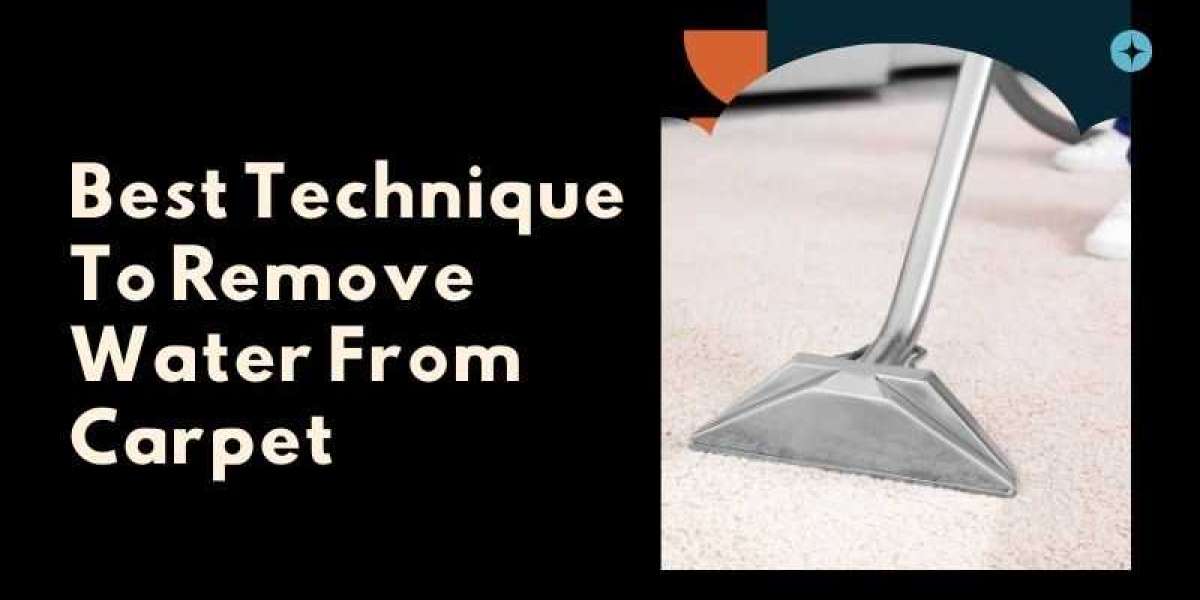Water damage is a major concern for homeowners, especially when it affects carpets. Whether it's due to a leaking appliance, an overflowing sink, or natural causes, quick action is critical to prevent mold growth and expensive repairs. In this guide, we’ll cover the best techniques to remove water from carpet in basements and other areas, helping you keep your home dry and safe.
Steps for Removing Water from Carpet
Stop the Water Source Before starting the water removal process, turn off the water source. If the affected area is near electrical appliances or outlets, switch off the power to avoid the risk of electric shock. Immediate attention to leaks or overflows will minimize damage.
Ensure a Safe Work Environment Remove any furniture from the wet area to promote airflow and reduce the risk of mold. If humidity levels are high, open windows and doors for ventilation or use an air conditioner to help the drying process.
Use a Wet-Dry Vacuum A wet-dry vacuum is an excellent tool for extracting water from carpets. Here's how to use it effectively:
- Set the vacuum to wet mode for maximum water extraction.
- Make multiple slow passes over the carpet, applying firm pressure to remove as much water as possible.
- Empty the vacuum tank frequently to maintain strong suction.
Pat Dry the Carpet After vacuuming, use clean white towels to blot the remaining moisture. Continue replacing the towels with dry ones until the carpet feels significantly less damp.
Check the Carpet Padding Water often seeps into the carpet padding, so it’s essential to check if it’s wet. Here's how:
- Gently lift the edges of the carpet to inspect the padding underneath. If the padding is wet, it may need replacement to prevent mold.
- Use a moisture meter to assess the moisture levels in the carpet and padding.
Increase Airflow with Fans and Dehumidifiers Running fans for 24 to 48 hours can drastically improve the drying process. Use box or blower fans to enhance airflow. A dehumidifier can also help by removing excess moisture from the air, which reduces the risk of mold.
Deodorize the Carpet Once the carpet is fully dried, sprinkle baking soda over it to absorb any lingering odors. Let it sit for a few hours, then vacuum the area to remove the baking soda.
Special Considerations for Basement Carpet
Basements are especially vulnerable to flooding, particularly during heavy rainfall. Here's the most effective way to handle water removal in basement carpets:
- Turn off the electrical power to the basement to ensure safety.
- Address the source of the water before beginning extraction.
- Use the same water removal and drying techniques outlined above, focusing on thorough drying.
Conclusion
Acting quickly is the best way to remove water from carpets and avoid further damage. By following these steps, you can effectively manage water damage and protect your home from mold and structural issues.
FAQs
How long does it take for a carpet to dry after water removal? The drying time can vary from a few hours to several days, depending on the amount of water and the ventilation in the area.
Can a regular vacuum remove water from carpet? No, a standard vacuum isn’t designed to extract water. A wet-dry vacuum is necessary for safely removing water from carpets.








